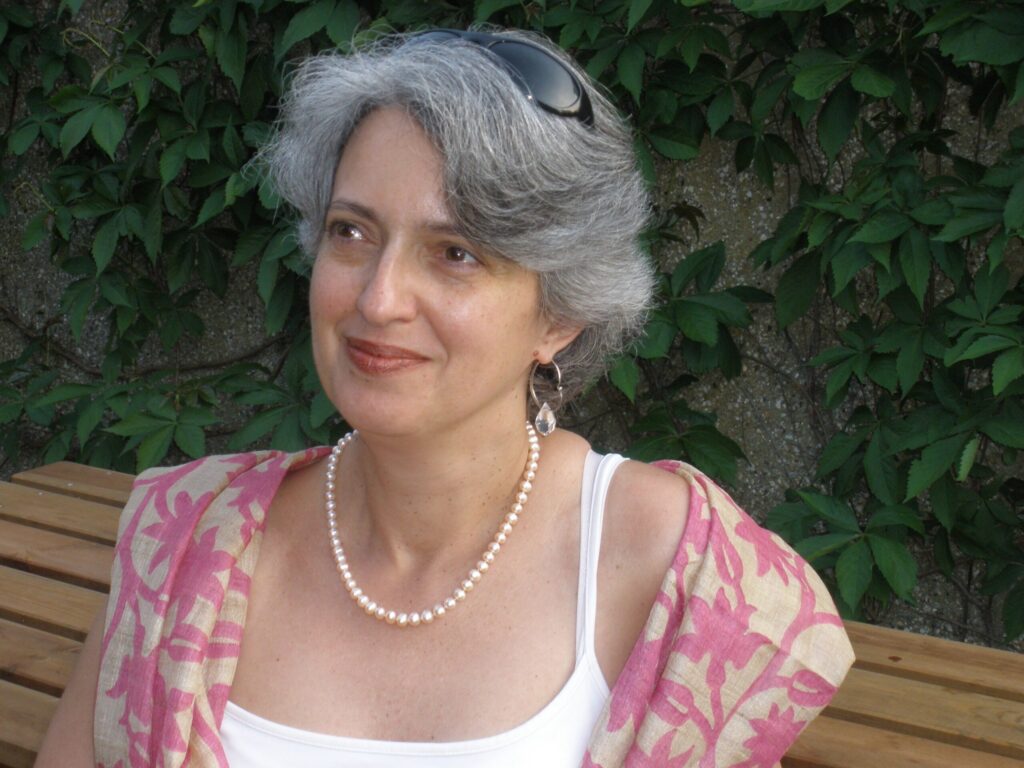July 8, 2014
What a gem this was didn’t hit me until a good half hour into my journey back. For me it’s the teachers, he had said. In my old school they weren’t good and I wasn’t learning, but here they explain things better and it’s easier to understand. He was among a group of 10-year-olds in the playground whom I had asked, under a light drizzle we all happily ignored, what they like most about this school. Two of his friends had already mentioned “the inclusive element” and said how good it is to get to know people who are different from you. Another said he likes being with people who have different problems from you, finding out from one another (this, from a wheelchair user). In the moment, the comment on the quality of the teaching almost passed me by. Much later, stuck in traffic, the light-bulb moment came: of course, with such diversity of learners and learning styles in every classroom, teachers are bound to pay close attention to differentiation. Et voila, everyone benefits!
This morning I was in a primary school which has a resource base for children with visual impairment, physical impairment or complex medical needs. In this school too, there is no “base” separating disabled children from their peers; all children are included in one of the ordinary classes. Here are, in no particular order, some more things that grabbed my attention.
Staff understand the importance of having all pupils represented at the school council. One year, when no disabled children happened to be elected, staff explained their concern and the council decided to co-opt additional members.
When appointing new staff, interviewers ask candidates at least one question about inclusion. The school gives all new members of staff (teaching and non-teaching, including lunchtime supervisors) a booklet which explains why the school has chosen to include disabled children in ordinary classes and offers practical tips for responding to a range of impairments.
The school thinks carefully about how teaching and learning are organised. Every child has curriculum-related targets and at least one target towards independence. Class teachers plan a week in advance, together with all adults who work in their class and, if possible, with an “inclusion teacher” (one of the two teachers who head up the resource base) and make joint decisions about resources needed. The school expects that, in the future, planning and learning outcomes for individual children will be decided up to four weeks in advance. With careful planning, the school ensures that each child has a range of adults to support their learning and never has the same key person for more than two years.
The school wants to improve the way it describes to new families its commitment to including disabled children, to make sure that no prejudice goes unchallenged.
Above all, I was struck with how comfortable everyone seems to be with issues that other schools might find challenging. Children may have a tube feed while working in class without anyone butting an eyelid, inclusive music sessions are held for different age groups, and an inclusive football club meets once a week.
Your email will not be displayed on comments



